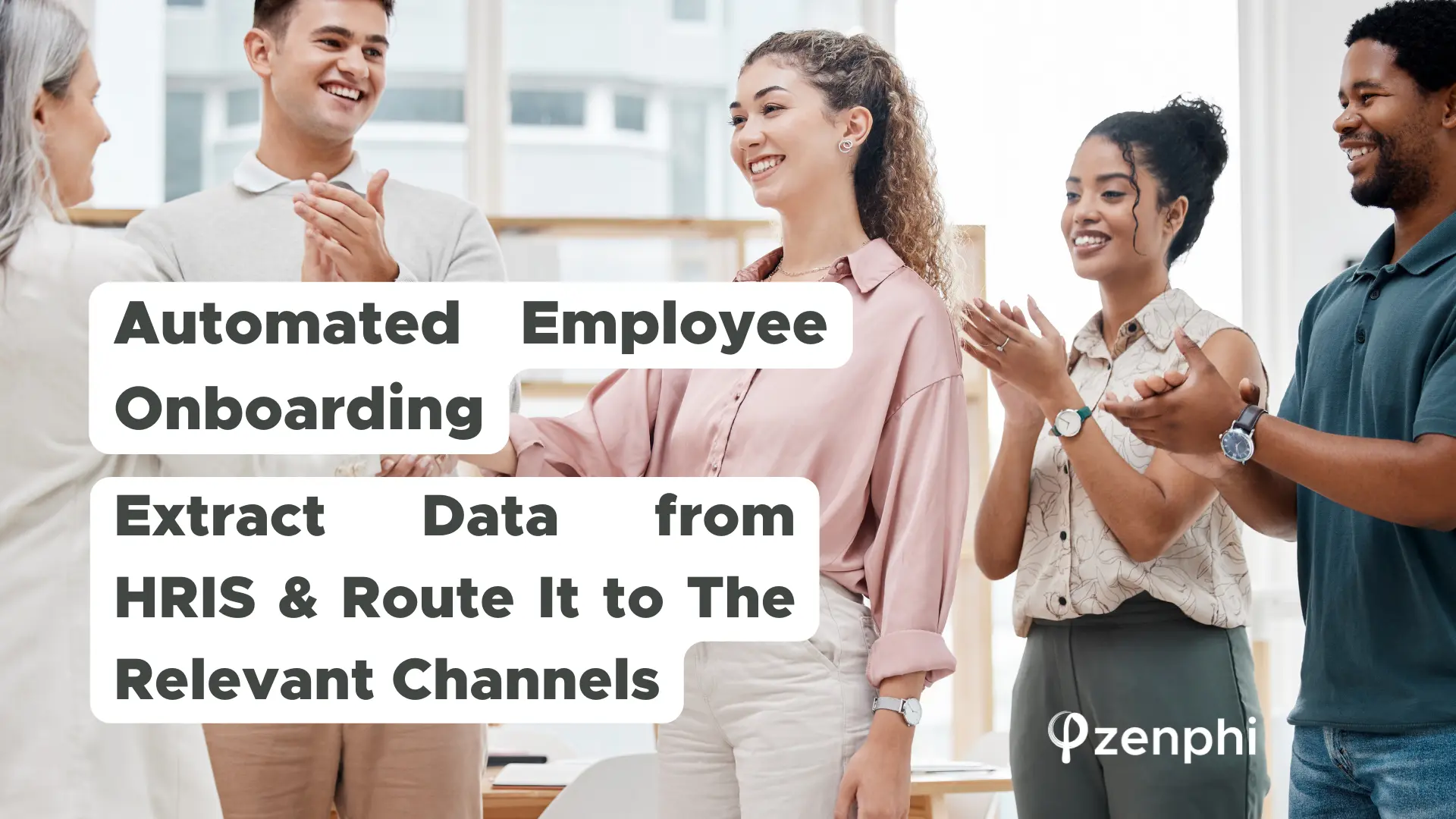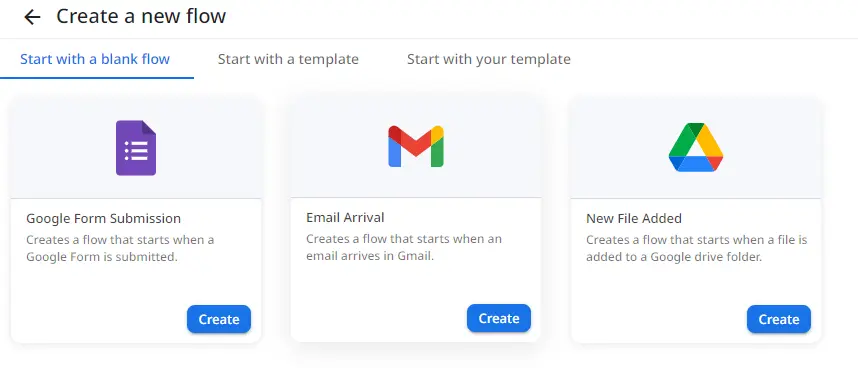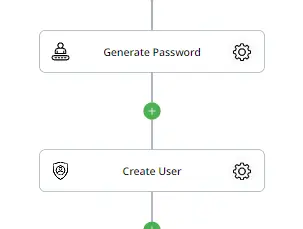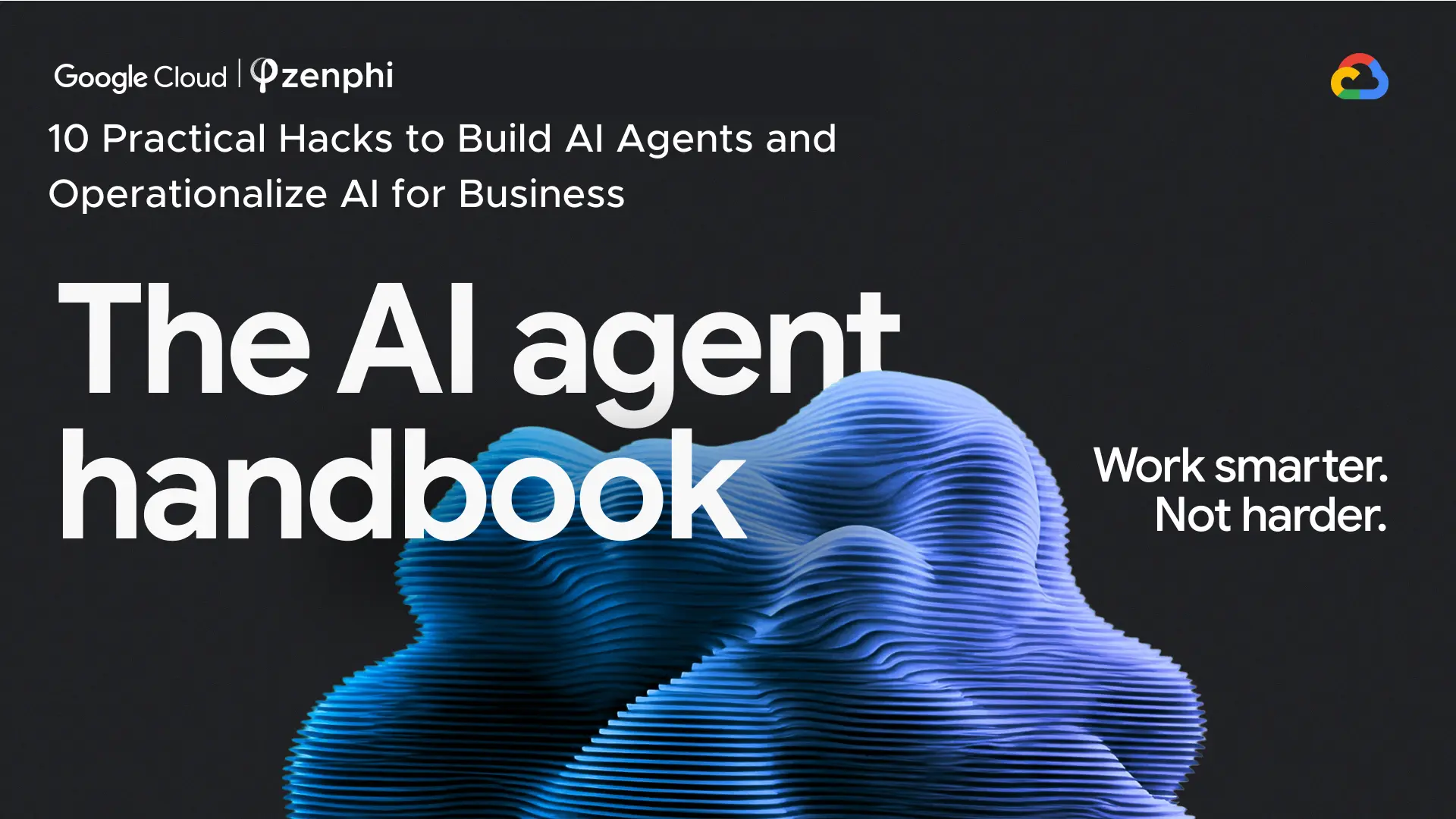Let us guide you through the automation of this process using the native Google Workspace environment (Gmail) and HRIS (the process is compatible with any system you use).
Table of Contents
Why Automated Employee Onboarding
Every company has its own onboarding protocols. They are always part of the human resources workflow. For example, some welcome newcomers with an onboarding kit that includes swag, a subscription to a local gym, and a small online party.
Others email instructions on creating email signatures that adhere to internal standards, communication, and data security policies.
However, no matter how your onboarding process is shaped, it involves a lot of manual work and coordination between the HR and IT departments. HR must follow their procedures, while IT ensures that the company’s infrastructure is ready to accept a new employee. For companies using Google Workspace, this means provisioning a newcomer with a new Google Workspace license, creating a mailbox, setting up email forwarding rules, and applying shared drives access rules relevant to the new employee’s role. It’s an exciting universe for a newcomer and a lot of jumping through familiar hoops for the existing staff who must actually make the onboarding happen.
The good news is that pretty much everything within these hoops can and should be automated to save your HR managers up to 60% of their working time, ensure your company’s Google DLP policies are enforced, data is protected, security rules are not breached, and onboarded people do not have access to data they are not supposed to have.
This tutorial will guide you through the automation of this process using the native Google Workspace environment (Gmail), HRIS (the process is compatible with any system you use), and Zenphi—the #1 no-code workflow automation platform for Google Workspace users.
Let’s get started.
Automated Onboarding Process Steps
But first, let’s outline the procedure we’re planning to automate.
Mind you, your procedure might be completely different from this one, but it will still include some of the most common steps. The beauty of Zenphi is that it doesn’t force you to adhere to a standard process. You can automate your own protocol as it is, without needing to change your rules due to technical limitations.
This process will be a very simple one:
Step 1. Upon receiving an email that a team has a new employee (for example, after they were added to the HRIS system), the IT team has to create a Google account for them.
Step 2. This means getting the employee’s data from the email (First and Last Name, Department, Job Title, Start Date, etc.) and using it in the account setup.
Step 3. When the account is created and access rules associated with the role are applied, the HR team has to be notified.
You can add your own steps to this very simple process. For example, send an invite to a new employee to join a LinkedIn Group managed by your company, add them automatically to Slack channels, or fill in the mailing form for swag delivery (the delivery address should be in the HRIS, and thus can be sent in the email and extracted automatically).
For this more complicated process, contact our automation experts and let us help you set up your onboarding exactly as you wish it to be.
In the meantime, let’s cover the basics.
Automated Employee Onboarding Guide
Step 1: Set Up Your Zenphi Account
Let’s get started by setting up your Zenphi account. Click here to create your free account, and once you’re in, it’s time to build your first automated flow. In Zenphi, a ‘flow’ is the entire automated process. It consists of triggers (the magic button that starts the flow) and actions (the steps that make the magic happen).
For this example, we will utilize the ‘Gmail (New Email)’ trigger which will start the flow whenever a new email arrives in your inbox. Simply set up a connection to a Gmail account which will grant Zenphi permission to monitor your inbox. You also have the ability to enable conditional run, which will ensure your flow only runs when you want it to. You can set a condition for it to run only when a certain subject is detected, when the sender is a certain person, or when the text body contains certain words. This will help you save flow runs and only run your flow when the criteria are met!
Step 2: Extracting the New Hire’s Information
The next step in our flow will be to extract the text from the HTML body of our incoming email using the “Extract text from HTML” action. This can be done simply by indicating the payload that comes from our trigger using the token picker, represented by a chain icon. After this, we’ll use Regex to extract the necessary fields from the incoming email.
To save time and extract all fields at once, we will use a “Parallel” action. This allows all branches to run in tandem. Each branch will represent a value we want to use in future steps, in this case, the employee’s name, department, and start date.
Inside each of these branches, we will include two actions. First, a “Regex – Find Value” action, which allows you to find text based on a specific pattern. We will indicate the output of our previous “Extract Text from HTML” action as the text and then find the pattern that extracts what we’re looking for. Then, using a “Set Variable” action, we can assign the result obtained from the previous action to have these values handy for the rest of the flow!
Step 3: Creating the User’s Account
Now that we have successfully extracted the values for each of the fields in our email, we can proceed to create the onboarding employee’s email.
First, we will use the ‘Generate Password’ action, which will allow us to create a safe and unique password for the user. After this, we will use the ‘Create User’ action to create the Google Account for the onboarding employee. Here, we will use the extracted values such as their first name, last name, and department.
We can also use this information to build out their email address. This handy action allows you to add a new password to the account, which we just created previously. Feel free to explore everything you can add in this action; it really does allow you to build a complete profile for the user in just one action.
Step 4: Notifying HR of the Account Creation
Once the previous steps are completed, all that is left is to notify the HR team that the account has been created along with the credentials so that they can log in.
To do this, we will use the ‘Send Email (Gmail)’ action. This action allows us to send an email on behalf of a selected email account. Here, we can use the token picker to share the user’s new primary email and their password so that they can log in.
Step 5: Publishing and Testing your Flow
And that would be everything. All that’s left is to save and publish your flow, which will enable it to be ready and waiting for whenever an email arrives in your inbox.
Remember that Zenphi offers many different actions you can add to make your process as complex as needed. However, it can be as easy as just a few drag-and-drops to automate your onboarding process and start saving valuable time and money.
The Zenphi team also offers complimentary demo meetings to our trial users, where you can learn about ways that a platform like this can help your business. Feel free to book yours here and start saving time!
Video Tutorial: Automated Employee Onboarding
Read More On Workflows In Human Resources
About The Author

Fernanda López Guerra, CS @Zenphi
Fernanda is an experienced Customer Success manager with over 9 years in Tech and B2B Saas. She has automated multiple operations for Zenphi customers in Education, Retail, Tech and other verticals.





